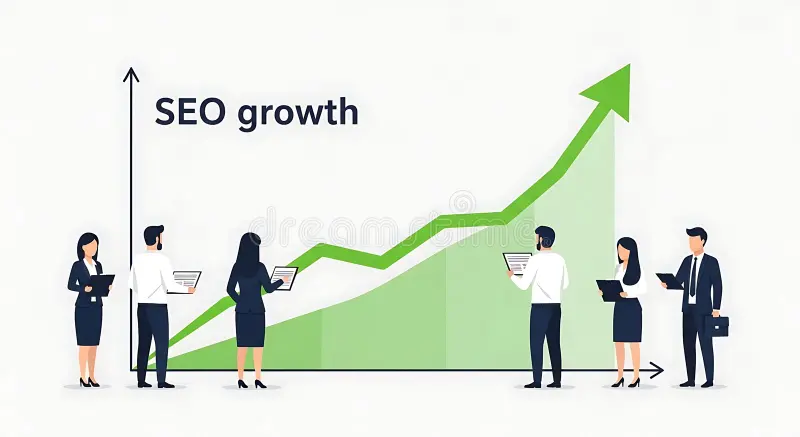Discover how cloud computing and SEO work hand in hand to enhance your online presence. Learn how leveraging cloud technology can bolster your SEO efforts for better digital success.




Are we still talking about Cloud Computing? Absolutely! Wether you know it or not, Businesses like yours increasingly rely on cloud computing. From enhance to growing, its part of your digital landmark. And let's remember about Search Engine Optimization (SEO). It's critical for getting traffic and being visible in search engines.
This blog is not just about cloud computing and SEO. It's about how these two tools intersect. Cloud tech can help grow your SEO for better digital success.

Cloud computing is about delivering computing services over the internet. It is also known as "the cloud". It's like having a virtual IT department. It offers flexible resources, faster innovation, and economies of scale. No matter your business's size, you can access powerful computing. You can do it without the hassle. You don't need to invest in or maintain physical things.
There are several key characteristics of cloud computing:
SEO optimizes a website, and its what we do! It aims to make it rank higher in search results. SEO is effective when it combines on-page elements, like content and HTML structure. It also needs off-page factors, such as backlinks. And, it needs Technical SEO, which includes site speed and mobile-friendliness. The main goal is to grow organic traffic. This will improve the site's visibility to potential customers.
Critical components of SEO include:
Cloud computing and SEO is not just a trend. It's a strategic move. It can improve your website's performance and search rankings.
Combining cloud computing and SEO is powerful. It's for businesses that want to improve their online presence. Companies can use the cloud's scalability, performance, and analytics. This helps them optimise their websites better. It also helps them get better SEO results.
Embracing this teamwork is a strategic move. It's toward digital success in a more competitive online environment. Cloud technology keeps evolving. Its role in supporting SEO will become more important. It will provide businesses the tools they need to stay ahead in the digital landscape.
Cloud computing and SEO do indeed work hand in hand. Businesses can create a strong online presence by using cloud technology. It meets the demands of search engines and users. This integration improves SEO. It drives digital growth. It's a key strategy for any business aiming to thrive in the modern digital world.
Get a full growth audit of your website's SEO. It includes insights on Brisbane local SEO, SEO for small businesses, technical SEO, page rank, and SEO for SaaS. Ask our experts for an SEO audit. Our audit will find key areas to improve. It will give actionable tips to boost your site's search engine visibility and performance.

We value your privacy
We use cookies to enhance your browsing experience, serve content, and analyse our traffic. By clicking "Accept All," you consent to our use of cookies. Cookie Policy

